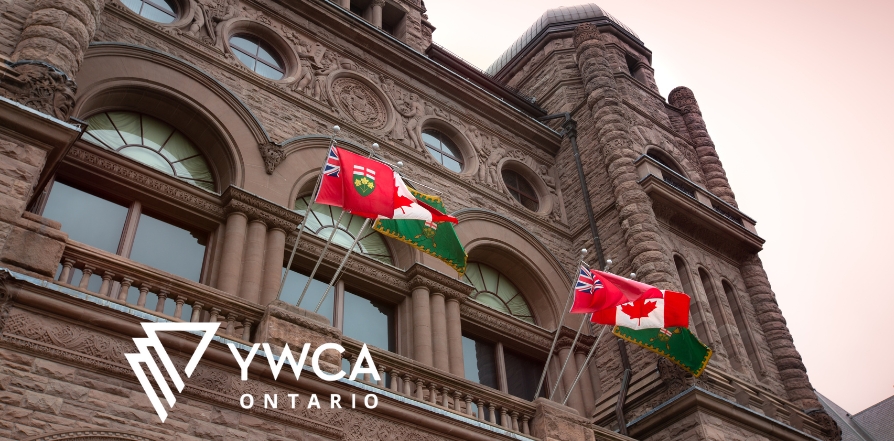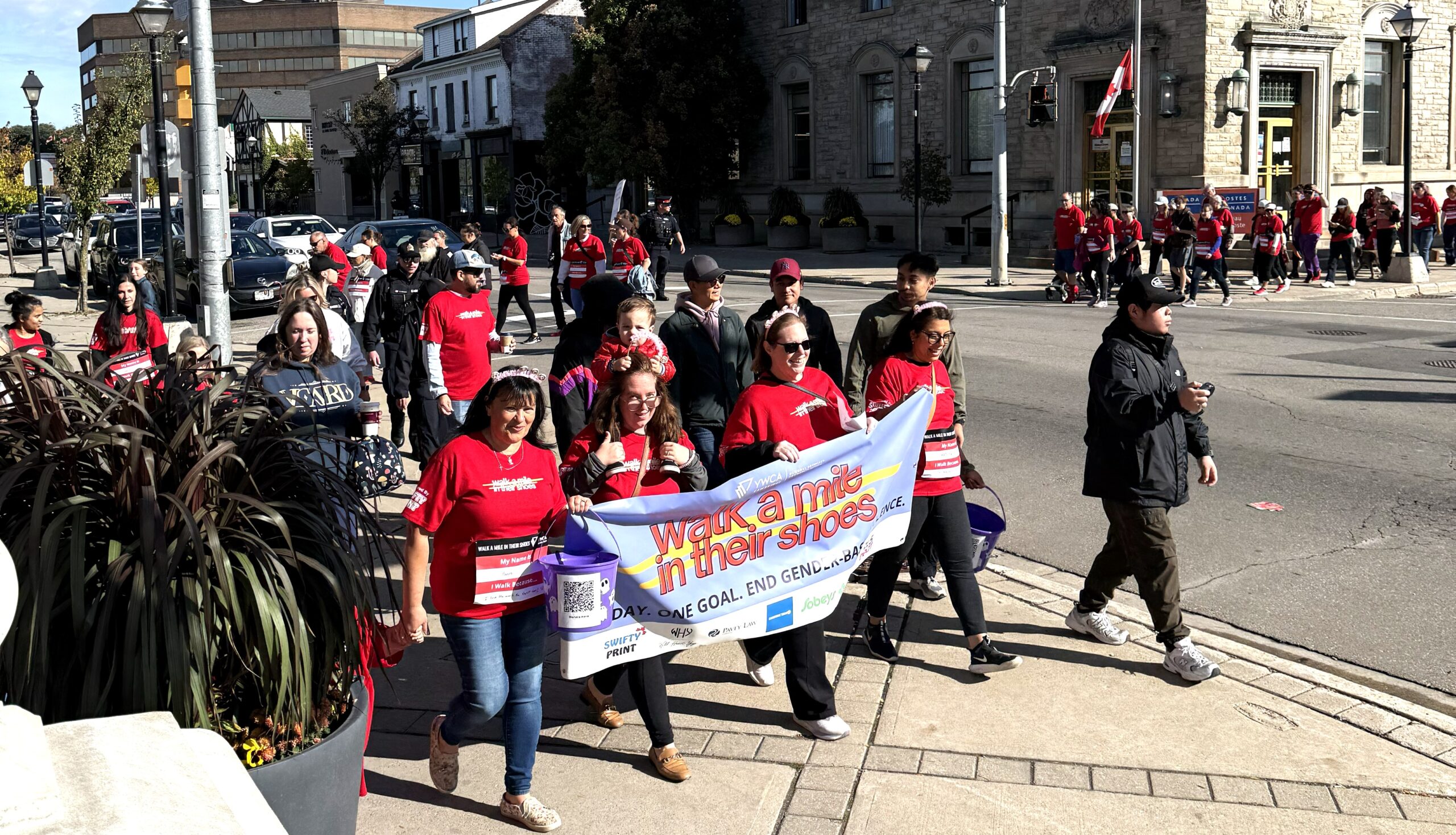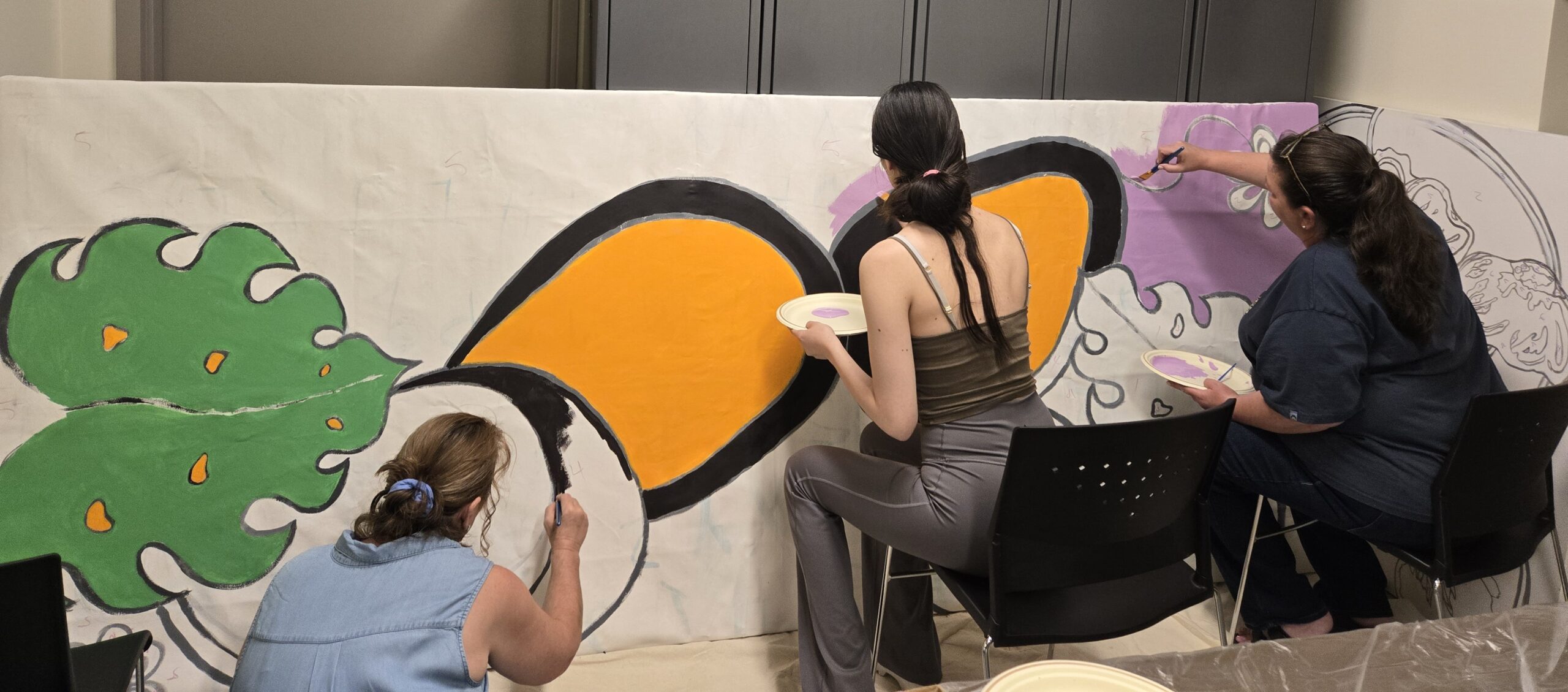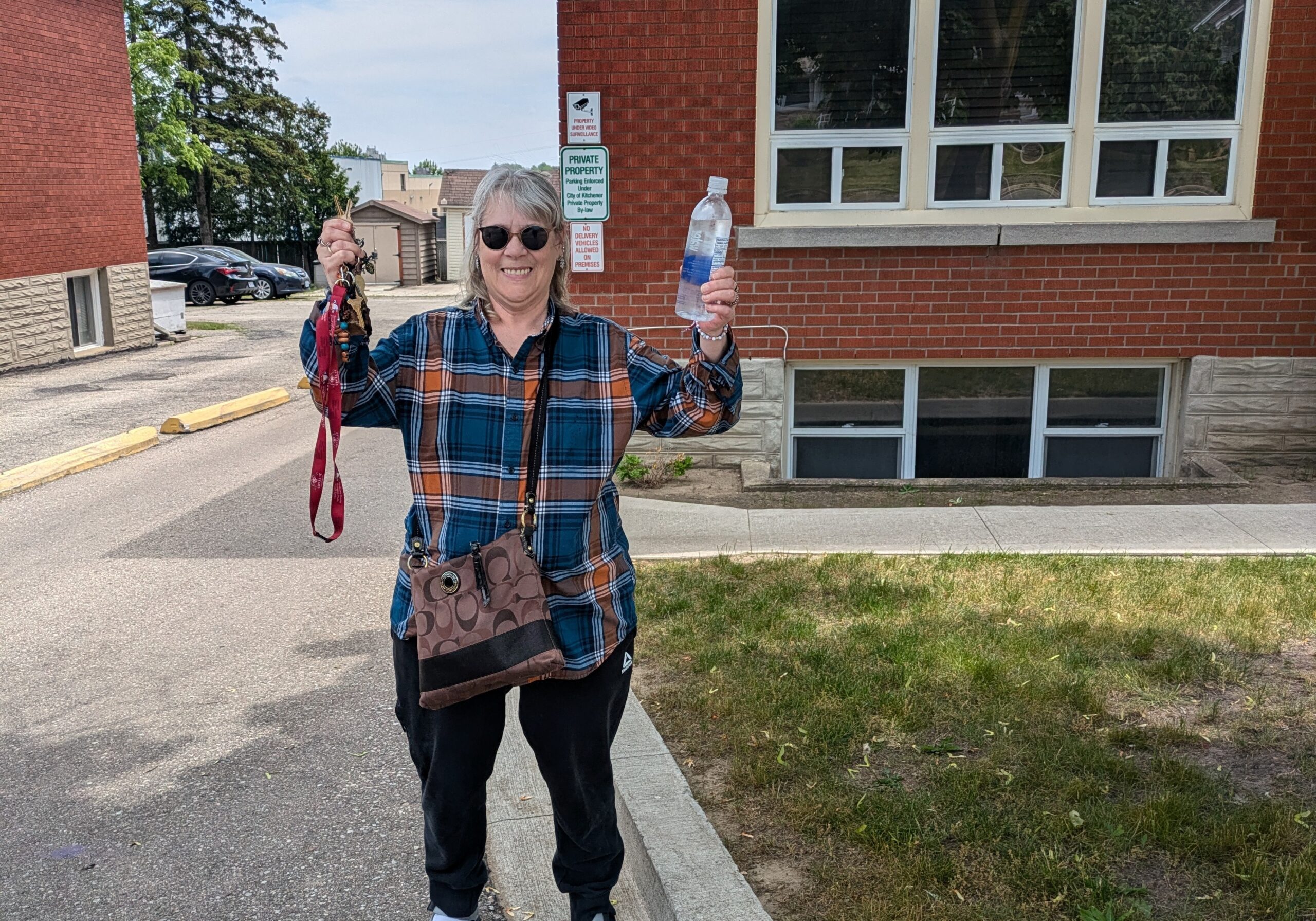An idealist is someone who says, ‘prostitution objectifies women. It can involve exploitation and coercion of vulnerable girls and women. It is risky and can lead to extreme violence. So we must ban it’. A pragmatist is someone who says, ‘prostitution objectifies women. It can involve exploitation and coercion of vulnerable girls and women. It is risky and can lead to extreme violence. So we must do what’s possible to prevent exploitation and coercion, to reduce the risks, and to keep women safe from violence’.
Once upon a time, I was an idealistic social worker. But many years of struggling unsuccessfully to make people change, albeit for their own good, has changed me. I think I’m a realist now, and in most matters involving consenting, reasonably competent adults, I take a harm reduction approach.
Prostitution was been with us at least as long as we have had written records. At various times and in various places it’s been accepted, tolerated, regulated, and outlawed, but regardless of its legality or illegality, despite any attempts to police and punish it, prostitution has persisted throughout human history. As uncomfortable as we may be with the fact of prostitution, it is a fact. As much as we may wish we lived in a world where women’s bodies weren’t sometimes commodities to be bought and sold, we simply don’t. So what, if we can’t end it now, should we do with prostitution?
Canadians are often surprised to learn that, even prior to last December’s Supreme Court ruling, prostitution itself – the exchange of sex for money or other goods and services – was not against the law. However certain activities associated with prostitution – specifically communication for the purpose of prostitution, living on the avails of prostitution, and keeping a ‘common bawdy-house’ – were illegal, until the court struck down the laws criminalizing them on the basis of their unconstitutionality. These laws were ruled unconstitutional because they substantially increase the dangers faced by women who engage in prostitution.
If it’s against the law for a woman to ‘communicate for the purpose of prostitution’, it means that she can’t meet with a prospective customer in a public place to determine whether she feels safe with him. It drives that exchange into private vehicles and dark alleys and strangers’ homes, from whence she has fewer avenues of escape. If it’s against the law for someone to ‘live on the avails of prostitution’, it means that she can’t hire a bodyguard or a driver to protect her. If it’s against the law to ‘keep a common bawdy house’, it means that a woman can’t choose a secure, indoor location in which to conduct her trade, with people around who know she’s there and can look after her, but must venture into those vehicles and alleys and strangers’ homes. It’s the necessity of secretiveness that creates the greatest danger.
When the Supreme Court struck down the laws, it gave the federal government one year to come up with new legislation to replace them. The government has issued a discussion paper and is inviting public input into three options.
One option is prohibition, in which the sale and the purchase of sexual services is illegal. In my opinion, history has proven that prohibition won’t stop prostitution, and, if anything, it can only increase the threats to women. The second option is abolition, or what’s sometimes called ‘the Nordic model’. The Nordic model criminalizes prostitutes’ customers, while decriminalizing the prostitutes themselves, and on the surface this does seem to be a more humane response, and one which attempts to punish the exploitation of women who may be marginalized and vulnerable. But I don’t believe that it will keep women safe, either. As long as one party in the transaction is breaking the law, then the transaction will be forced into the shadows, where the women will be unsafe.
The third option, and the one I will support when I go to the Department of Justice website to provide my input, is decriminalization, legalization, and regulation. Germany, the Netherlands, New Zealand and Australia have adopted this model, and while it is certainly not without problems, a body of international research does indicate that it improves health and safety and reduces rates of violence against the women who work as prostitutes. It’s not perfect, but I’m a pragmatist, and from a harm reduction perspective, I think it’s the best option we have.










